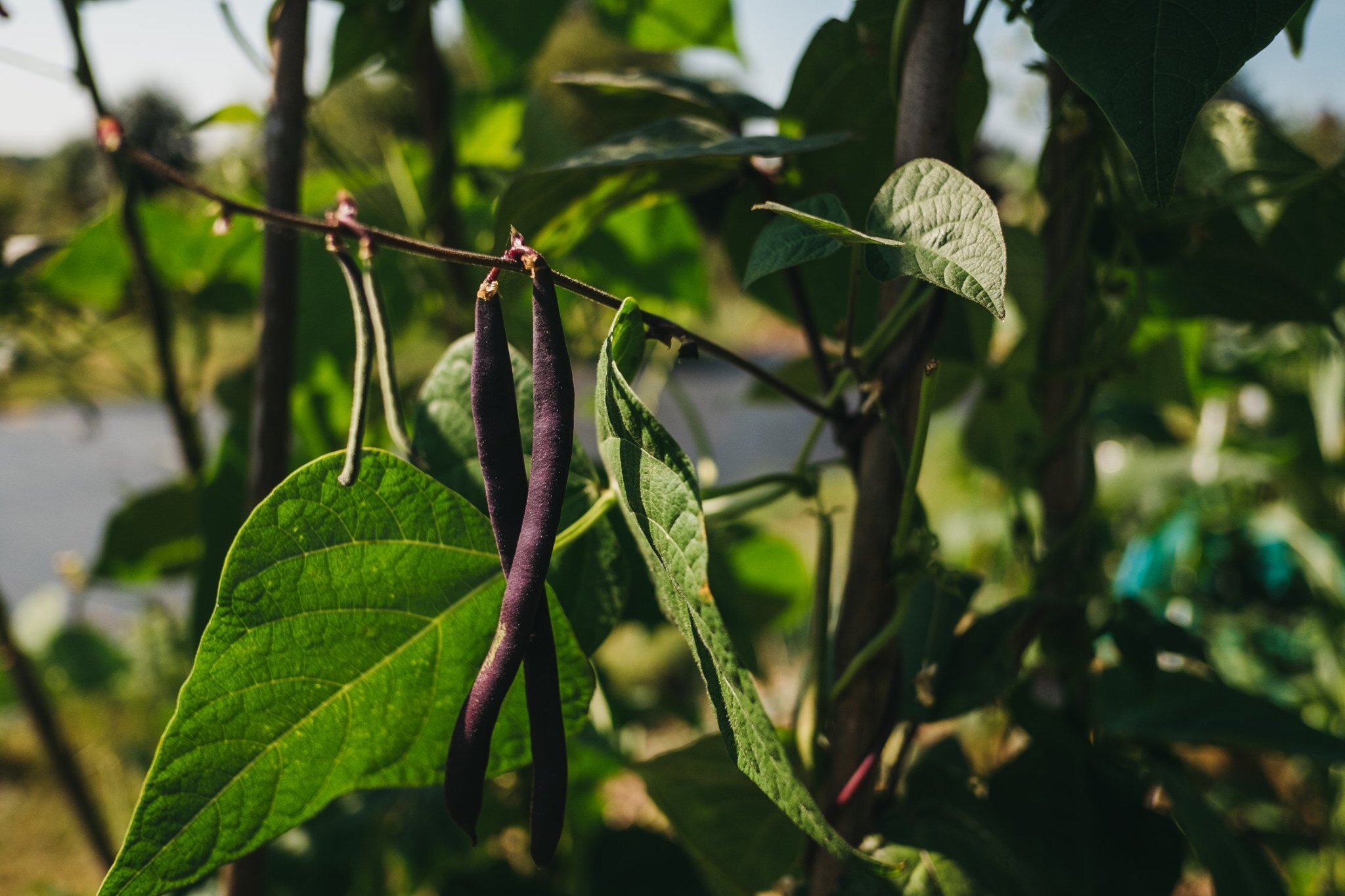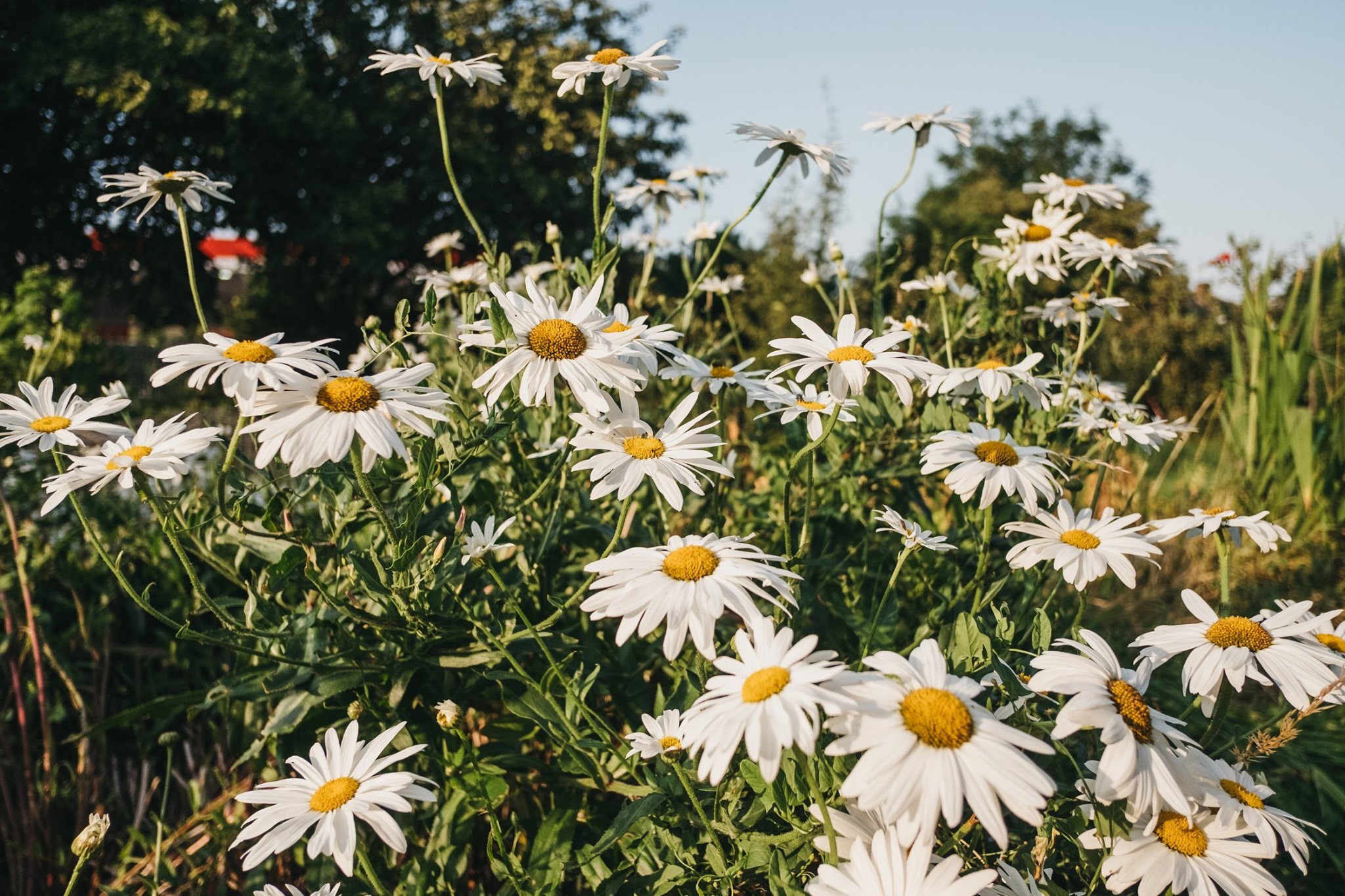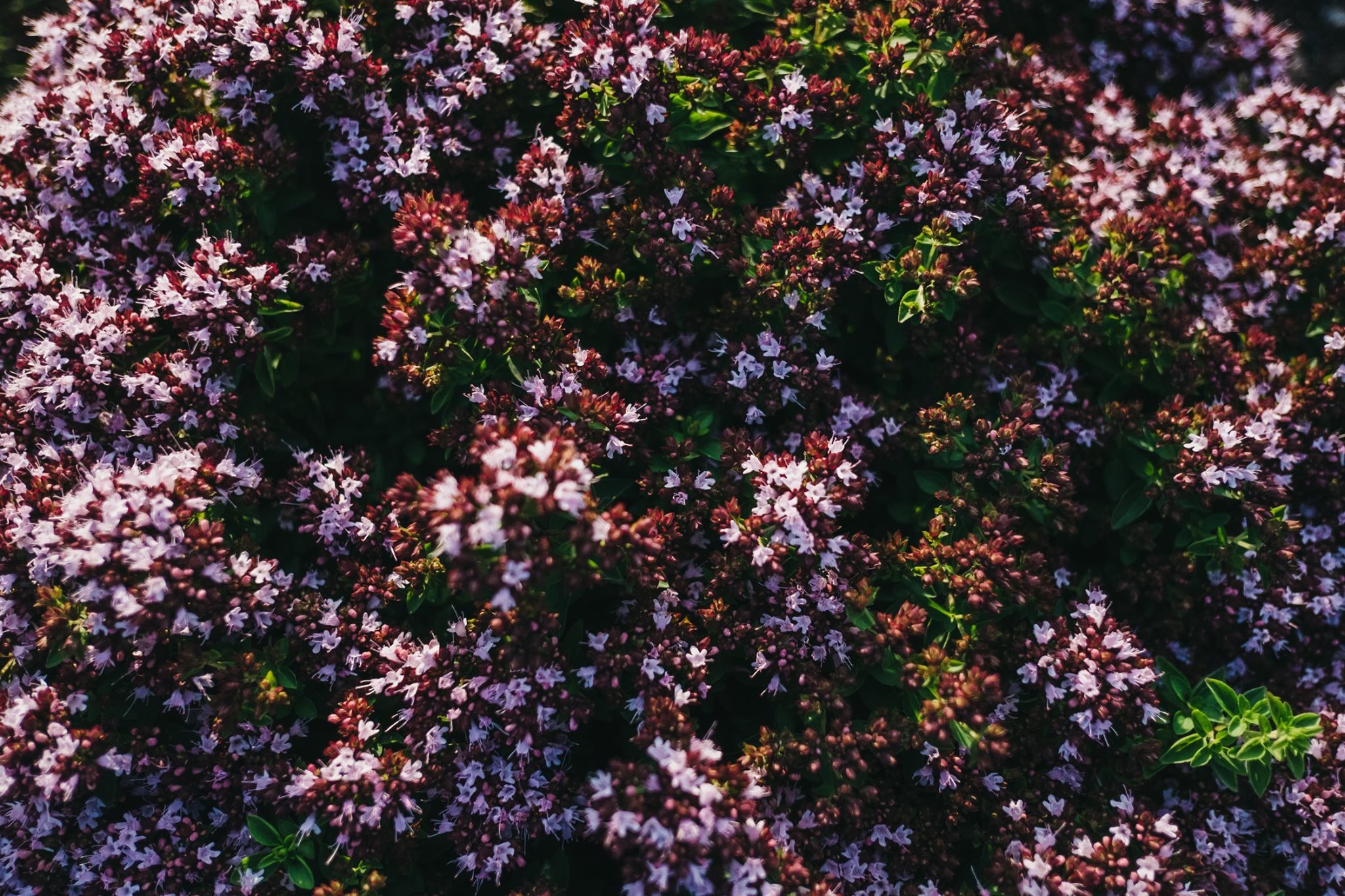Being a new allotment holder is very exciting and taking time to plan out your ideas will give you the best results.
The following list provides some really practical tried and tested tips on things that many of us wished we knew before we started:
Think about what you want to plant. For example, do you want to plant the vegetables and fruits that you know you and/or your family will eat, or do you want to use the space to experiment and try something different, or perhaps a mix of both?
Have a realistic think about how much time you really have to work on your plot and how much patience you have. It is really important to rent a plot of the right size for your time commitments. Are you the type of person that needs to see quick results, or are you happy to wait longer for plants to establish that need more maintenance?
Taking time to plan out your ideas will give you the best results. Books, the library, and Google ‘allotments’ are your friends…!
Create a plan, make a rough sketch of your plot, and start to plan where your planting beds will be, paths, composting areas, and storage.
Find out who your site rep is - you can contact them if you have any ideas, questions, or concerns.
Say hello to your neighbours - they are full of knowledge and will always be happy to help and give advice!
Grow what you know you like to eat, it will give you a great sense of purpose.
The Club has a shop that is on the Holcroft North site. It is open on some Sundays and all the money made goes back into the club.
The Club is run by volunteers so if you’d like to be one too, email us!
Each site has a communal plot that may be used by all plot holders - feel free to have fun and use it!
Plant wildlife-friendly flowers, they will make you smile and will make your plot more colourful.
Find out when the first and last frost happens and protect your tender crops with fleece.
Investigate other people’s plots for ideas, talk to them, it’s Our Club!
You can be as creative as you like - make a sign for your plot, bring a scarecrow, paint a pebble for a plot number, etc.
Look for inspiration online - join Facebook allotment groups, watch some videos on Youtube and Instagram. There are many new and experienced gardeners out there to guide you.
Take part in working parties.
Come to annual general meetings and have your say.
Recycle as much as you can - join FreeCycle page to look for useful items, as well as free manure.
Water your plants efficiently - not all plants need the same amount of water. Encourage new plant roots to go down to cooler moist soil by not watering as often in the beginning.
Protect your crops from slugs, deer, squirrels, and pigeons.
Use green manure to cover the ground over cold months that would prevent weeds from growing.
For pathways, either sow grass seed or use cardboard and mulch on top.
Put garlic in the fridge before planting to kick start.
Cut your compost up small, add balls of paper if it’s too wet, add water if it’s too dry, and mix.
The best place for a compost bin is in full sun because it heats up faster.
Keep your tools in a bucket of sharp sand and engine oil mix.
Pinch out runner beans when they get to the top of the cane/string, the same works for tall tomato plants.
Bring a drink and a hat with you on warm days.
Tie a bright ribbon on your trowel and secateurs so you don’t lose them in the veg!
Collect rainwater, it's free! Make a funnel for your water butt.
Don’t use the rotavator if you have bindweed and/or couch grass on your plot - the rotavator will chop the roots and the weeds will multiply. It’s more work, but it’s best to dig them out.
Get into the habit of mowing all 4 of the boundary grass paths surrounding your plot on arrival every couple of weeks - then it is done and you can focus on cultivating your crops. Well maintained grass boundary paths with cut edges set your plot off a treat..!
Don’t plant seedlings in manure because it burns the roots.
Don’t remove the stones from the plot, they warm the soil and aid drainage.
Good starter crops
To help you get started we have listed ten crops that we recommend as being fairly easy to grow. They require minimum effort and are likely to provide you with a happy harvest over the year.
Beetroot
Grow the white and yellow ones as well as the traditional red, they taste the same, in fact the golden yellow ones are really sweet, and you can’t buy them in the supermarket. Definitely one to try..!
Broad beans
Grow the delicate flavoured summer cropping varieties; sow the seed in March/April.
Chard
Grow the ones with attractive coloured leaves; tasty and eye-catching.
Climbing French beans
They are more reliable and need less space than runner beans.
Leeks
Hardy enough to withstand all but the worst winters but they have such a tender texture and flavour.
Lettuce
Make several sowings of “cut and come again” types to enjoy succulent leaves all summer.
Onions
Best grown from sets planted during March they will be ready to harvest at the end of summer. They will keep well into the new year.
Oriental vegetables
Sow from August until late September for a delicious harvest of leaves right up until the end of the year.
Radish
The summer varieties mature very quickly; sow the seeds every four weeks to maintain a regular supply. The winter types are sown towards the end of summer and can remain in the ground for months until they are wanted. For a bit of fun grow the mouli radish and prepare to be surprised. 2ft/60cm long is a little one!
Spinach (perpetual)
A reliable cropper that will get you through the winter. It will go on producing fresh leaves well into the spring.
“I found beets, courgettes, and spinach to be really easy this year.
I love the time it gives me out working with the earth. I set aside some time each week to go without the kids and it just really recharged me.
It’s so satisfying seeing my work come to fruition (and vegetation)!”
Jen
“Beets, courgettes, and rhubarb! Buy long bamboo stakes, have marigolds for companion planting, and don’t be afraid to have a thermos of coffee or cheeky beer after some hard graft working your plot!”
LYNNELLE
Wildlife friendly flowers
Cornflowers
Poppies
Sunflowers
Nasturtium
Marigolds
Calendula
Thyme
Sage
Borage

























